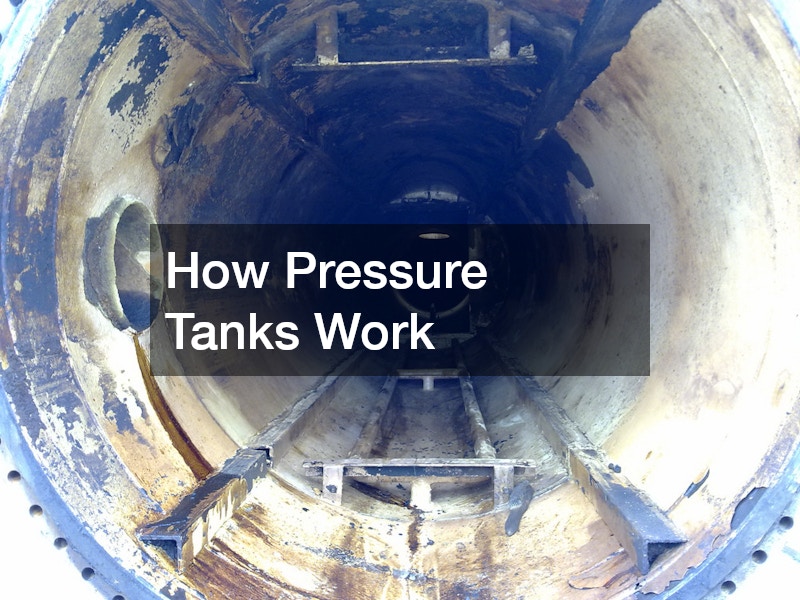Pressure tanks are essential components in various systems, providing a reliable way to store and regulate pressurized fluids. Most commonly found in water systems, HVAC units, and industrial processes, pressure tanks play a crucial role in maintaining efficiency and ensuring the proper functioning of machinery. Understanding how pressure tanks operate can help users appreciate their importance and optimize their usage in both residential and commercial settings.
At their core, pressure storage tanks are designed to store liquids or gases under pressure. The basic function of a pressure tank is to create a stable environment for the liquid or gas it contains. This is typically achieved through the use of a sealed container that can withstand high pressure. When fluid is pumped into the tank, it compresses the air or gas already inside, creating a pressurized environment that pushes the liquid out when needed. This design ensures that the system can deliver a consistent flow of fluid, regardless of demand fluctuations. This is particularly important in applications where a steady supply of water is crucial, such as in irrigation or home water systems.
Pressure tanks come in various types, each suited for specific applications. The most common type is the diaphragm pressure tank, which features a flexible diaphragm that separates the air and water compartments. When water enters the tank, the diaphragm flexes to accommodate the incoming liquid while simultaneously compressing the air above it. This setup allows for a consistent water pressure to be maintained, making diaphragm pressure vessels ideal for residential well systems where water pressure is vital for household needs.
Another type of pressure tank is the bladder tank, which functions similarly to the diaphragm tank but uses a rubber bladder instead. The bladder is pre-charged with air, which compresses as water fills the tank. When water is drawn from the tank, the bladder pushes it out, ensuring a steady flow. Bladder pressure tanks are known for their durability and efficiency, making them a popular choice for both residential and commercial applications. Their ability to handle higher pressure levels makes them suitable for various environments, including agricultural and industrial settings.
In addition to diaphragm and bladder tanks, there are also hydro-pneumatic pressure tanks, which combine a pressure tank with a water pump. This system helps maintain consistent water pressure throughout a plumbing system, preventing fluctuations that can lead to plumbing issues. Hydro-pneumatic tanks are commonly used in municipal water systems and irrigation applications, ensuring that water is readily available when needed. They help optimize water delivery, providing users with peace of mind that their water supply will remain reliable under different conditions.
The proper sizing of pressure tanks is crucial for their efficient operation. A tank that is too small may lead to frequent cycling of the pump, causing wear and tear, while an oversized tank can result in sluggish response times. To determine the right size, factors such as water demand, pump capacity, and the system’s specific requirements must be taken into account. Consulting with a professional can help ensure that the correct tank size is selected for optimal performance and energy efficiency, ultimately saving users time and money in the long run.
Maintenance is another important aspect of pressure tank operation. Regular checks for leaks, pressure levels, and the condition of the diaphragm or bladder are essential for ensuring the longevity of the tank. Additionally, the air pressure in the tank should be monitored and adjusted as needed to maintain proper functioning. A well-maintained pressure tank will operate efficiently and provide reliable service for years to come, helping to prevent costly repairs or replacements.
At the end of the day, these tanks are vital components in many fluid systems, providing the necessary storage and pressure regulation required for efficient operation. Understanding how they work can help users optimize their systems and ensure they function properly. By selecting the right type and size of pressure tank, and performing regular maintenance, users can enjoy the benefits of a reliable and efficient pressure system. Whether used in residential well systems, irrigation applications, or industrial processes, pressure tanks play a critical role in maintaining fluid pressure and ensuring the effective operation of various systems, making them a worthy investment for any property owner.
.



